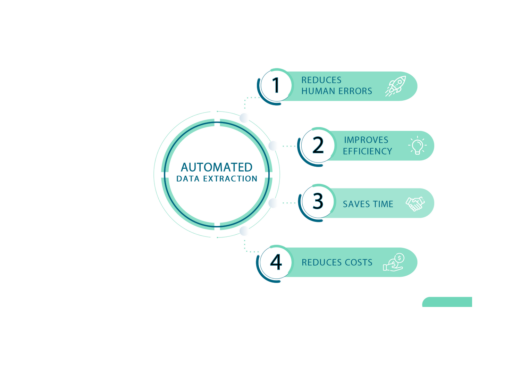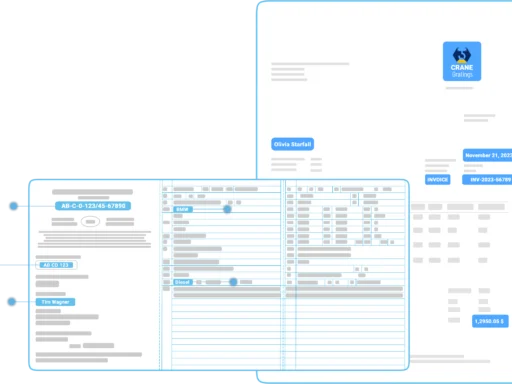Here is the text translated into English, preserving all the brackets and special characters:
In many companies, simple, repetitive tasks are already automated. However, when it comes to more complex processes that directly influence the customer experience, conventional methods often reach their limits.
Especially in customer interactions, unstructured data such as documents, emails, plans, and chats play a central role.
To fully automate these processes, platforms must be capable of understanding content and making decisions like a human, as well as transforming the information from all platforms into a common data pool.
This is where PaperOffice’s Content Intelligence comes into play. It enables processing and interpreting documents without manual intervention.
By extracting valuable information from unstructured data, business transactions can be handled faster, more accurately, and in compliance with regulations.
This increases efficiency and productivity throughout the entire company.
In 5 steps to Intelligent Document Processing with PaperOffice:
By reducing manual interventions, costs are lowered, productivity increased, and regulatory requirements reliably met.
By continuously improving models and expanding automation to new use cases, companies can perform transactions faster and more precisely to differentiate themselves from the competition.
Discover new possibilities to create outstanding customer experiences with the intelligent PaperOffice platform. PaperOffice offers comprehensive insights into operational processes and content, enabling effective business transformation.
By providing access to meaningful data and documents, PaperOffice achieves enormous impact where it matters most: customer experience, competitive advantage, transparency, and compliance. PaperOffice takes digital transformation to the next level.
PaperOffice Trial Version
Test the award-winning PaperOffice for 14 days without obligation at:
https://www.paperoffice.com
Social Media
Facebook: https://www.facebook.com/paperoffice.en
Twitter: https://twitter.com/PaperOffice_en
PaperOffice ComDesk
Find out more at:
https://help-en.paperoffice.com
YouTube
► http://www.youtube.com/c/PaperOfficeEN
PaperOffice Blog
https://blog-en.paperoffice.com
PaperOffice Guide
Scanners and Document Management: Benefits and Uses: TOP 15 Reasons for Using a DMS







